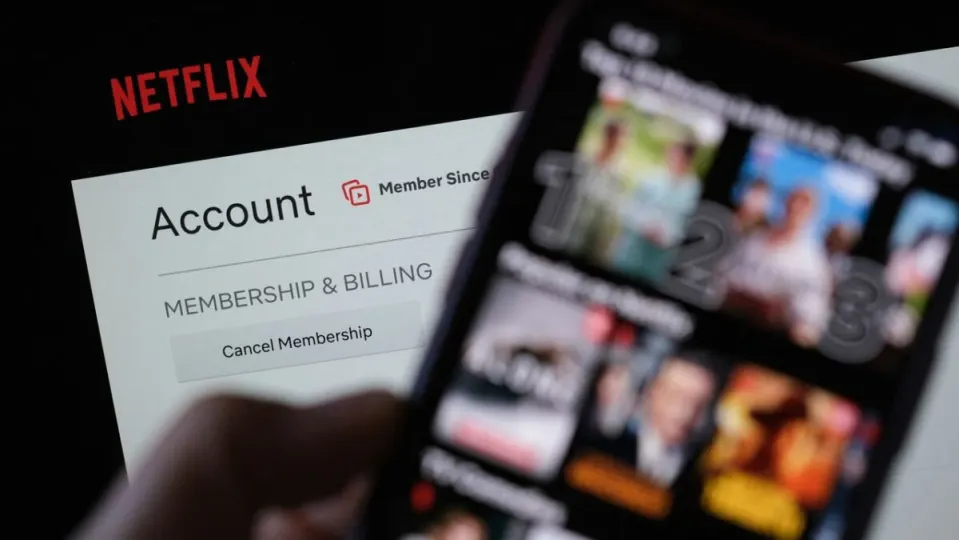Netflix confirmed plans to roll out paid sharing more broadly in the first quarter of 2023 in a recent letter to shareholders. Paid sharing is Netflix’s answer to account sharing.
Netflix customers who share accounts may pay an additional fee to continue doing so. Netflix’s terms of service allow the sharing of the account in a household only unless permitted by the subscription plan.
Households may access Netflix on different devices, provided that the plan supports multiple devices. The company’s Basic plans, with and without ads, allow one stream at a time only. Standard and Premium plans increase the limit to two or four devices at the same time.
The 100 million subscriber problem

Netflix revealed in the shareholder letter that over 100 million subscribers share their accounts with others. Others, in this context, refers to people that do not live in the same household.
Account sharing undermines Netflix’s ability to invest and improve its service according to the letter.
To put the 100 million figure into perspective; Netflix had 230 million subscribers in the fourth quarter of 2022. In other words, almost half of Netflix’s subscribers share the account with others.
Netflix believes that it is losing a lot of money because of account sharing. The company’s answer to that is a new feature that it calls paid sharing.
Netflix Paid Sharing
Netflix launched paid sharing in South America in 2022 as a test. The company noticed a cancel reaction in South America during the rollout of the paid sharing feature.
Near term member growth is affected by this, but Netflix expects to see a growth in overall revenue through the paid sharing program and new accounts created by part of the account borrowers.
The company expects to see similar trends in other regions in which it rolls out paid sharing.
Paid sharing, broken down to its core, is an add-on that Netflix subscribers may add to their subscriptions. It enables them to continue sharing the account.
In South America, paid sharing charges added between $1.70 to $2.99 per month to the subscription. The price may be higher in other regions of the world.
Netflix allows subscribers to watch content while traveling, but only for a period of two weeks. Subscribers receive a notification to add a household for a fee or change the primary household if more than two weeks of external use are noticed.
New Profile Move feature and profile management
Netflix introduced a new feature to move a profile from one account to another recently. The option enables users to move a profile of a shared account to a new Netflix subscription.
The company hopes that many borrowers, people who use a shared account, will sign-up for Netflix. The profile move feature enables them to continue with their profile, instead of having to start with a blank slate profile.
Another new feature allows Netflix subscribers to see all the devices linked to their account and unlink them. It is a helpful feature to deal with hacked accounts, stolen passwords and when subscribers forgot to log out of their Netflix account while traveling or in public locations.
Outlook
Netflix may lose subscribers and a bit of revenue in the beginning. Streaming costs that Netflix has may go down as well, as fewer streams need to be processed by the company.
It is too early to tell if the gamble will pay off. It depends on the number of borrowers that switch to their own accounts and the number of subscribers willing to pay the paid sharing fee.


